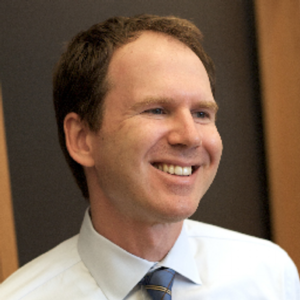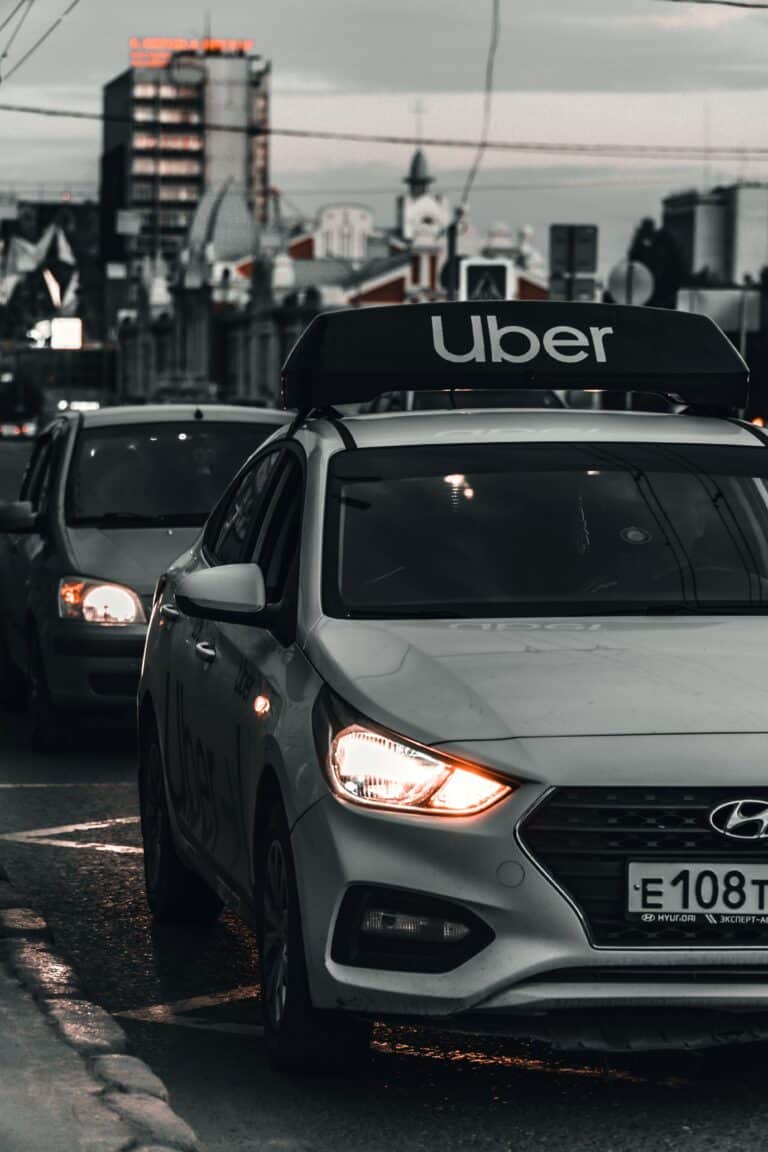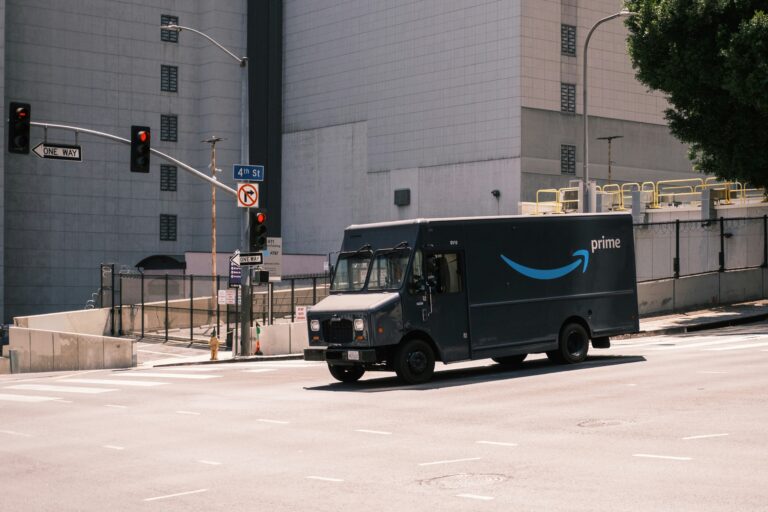
Benjamin Sachs is the Kestnbaum Professor of Labor and Industry at Harvard Law School and a leading expert in the field of labor law and labor relations. He is also faculty director of the Center for Labor and a Just Economy. Professor Sachs teaches courses in labor law, employment law, and law and social change, and his writing focuses on union organizing and unions in American politics. Prior to joining the Harvard faculty in 2008, Professor Sachs was the Joseph Goldstein Fellow at Yale Law School. From 2002-2006, he served as Assistant General Counsel of the Service Employees International Union (SEIU) in Washington, D.C. Professor Sachs graduated from Yale Law School in 1998, and served as a judicial law clerk to the Honorable Stephen Reinhardt of the United States Court of Appeals for the Ninth Circuit. His writing has appeared in the Harvard Law Review, the Yale Law Journal, the Columbia Law Review, the New York Times and elsewhere. Professor Sachs received the Yale Law School teaching award in 2007 and in 2013 received the Sacks-Freund Award for Teaching Excellence at Harvard Law School. He can be reached at [email protected].
I’ve been reading Alex Rosenblat’s excellent work on Uber, and want to emphasize one of her findings, a finding that is highly relevant to the employment question but one that we haven’t highlighted sufficiently on the blog. (For other coverage of Rosenblat’s findings, see here).
In a paper co-authored by Luke Stark, Rosenblat describes what she calls Uber’s “blind passenger acceptance” rule. In brief, the rule prevents drivers from knowing a passenger’s destination at the time the passenger requests a ride. The result is that drivers cannot actually decide whether to accept a ride based on an assessment of whether the ride is likely to be highly profitable, marginally profitable, or not profitable at all. Put differently, the acceptance rule that Rosenblat identifies means that Uber drivers are unable to assess the economic value of the ride before deciding whether to accept it. (And the “blind passenger acceptance” rule operates against the background of another Uber policy: drivers are required to maintain high ride acceptance rates, or face “time outs” from the app.) Here’s Rosenblat and Stark’s description:
When active Uber drivers receive a ride request through the system, they have about 15 seconds to accept it or reject it. When Uber drivers accept a ride request, they take on the risk that the ride’s fare will not be profitable; yet, drivers are not shown destination or fare information before they accept a ride. Jason from Raleigh, North Carolina, who had driven for about a year, said, “You’re driving around blind. When it does ping, you might drive 15 minutes to drive someone half a mile. There’s no money in it in that point, especially in my SUV.” Although hiding the destination before a driver chooses to accept or decline a ride request can potentially prevent destination-based discrimination (Smart et al., 2015), it can also foster reduced wages for drivers.
The “blind passenger acceptance policy” has clear relevance to the legal analysis of whether Uber drivers are employees or independent contractors. Take the D.C. Circuit’s highly restrictive test in FedEx Home Delivery where the court held that the animating question in independent contractor/employee cases is “whether the position presents the opportunities and risks inherent in entrepreneurialism.” Or, similarly, take the Restatement’s new definition:
[A]n individual renders services as an employee of an employer if [] the employer [] effectively prevents the individual from rendering those services as an independent businessperson.
The essence of both these prominent formulations is that an independent contractor is someone who can operate as an entrepreneur, or as an independent businessperson, would operate. Can we imagine any genuinely entrepreneurial or independent-business context in which the entrepreneur is prevented from knowing the essential details of the transaction before she decides whether to enter into it? To the contrary, the essence of independence is the ability to decide – based on relevant information – whether to engage in a business transaction. By depriving drivers of the ability to know a passenger’s destination, Uber prevents drivers from making an independent assessment of the ride proposed and thus from making a genuinely independent business judgment about accepting the ride. Uber thereby prevents the individual driver from rendering its services as an independent business person would.
More evidence of employee status, thanks to Rosenblat’s superb study.









Daily News & Commentary
Start your day with our roundup of the latest labor developments. See all
April 15
The Supreme Court ruled in favor of bakery delivery drivers in an exemption from mandatory arbitration case; A Teamsters Local ends its 18-month strike by accepting settlement payments and agreeing to dissolve
April 14
SAG-AFTRA wins AI protections; DeSantis signs Florida bill preempting local employment regulation; NLRB judge says Whole Foods subpoenas violate federal labor law.
April 12
The EEOC weighs in on an anti-discrimination lawsuit against Workday; a rule expanding overtime protection moves closer to publication; Amazon decreases spending on anti-union consultants.
April 11
Maine Legislature votes to grant farm workers minimum wage and labor rights; Apple store workers in New Jersey petition to unionize; and Wisconsin Governor vetoes legislation to rollback child labor laws.
April 10
NLRB general counsel vows not to succumb to pressure from SpaceX, Amazon, and others, the NLRB will seek make-whole remedies for unlawful work rules, and the LA County Federation of Labor joins the call for a ceasefire in Gaza.
April 9
UAW files for election at Alabama Mercedes plant; recent German law might boost UAW's organizing campaigns; Chicago Trader Joe's store files for election